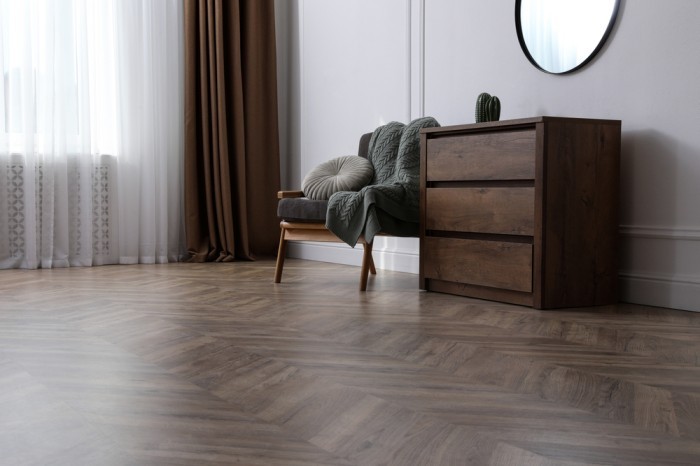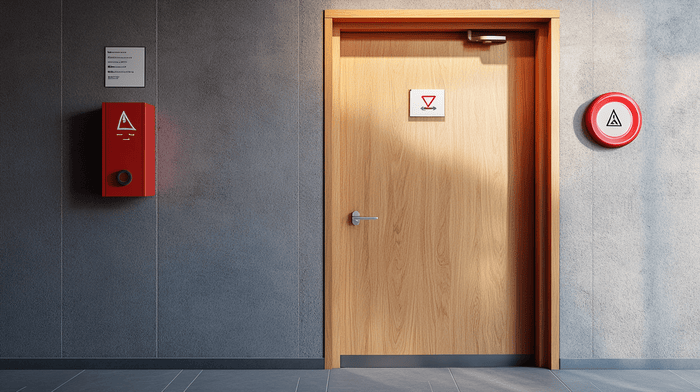Flooring used in homes, offices, and business spaces need flooring that enhances the appearance. Not only that, the flooring material should be durable enough to maintain the glaze and appearance for a long time. Subjected to load, dirt, moisture and dust, the flooring should be chosen carefully.
A constantly researched segment, flooring has undergone quantum changes over a period. The flooring manufacturers have introduced several innovative materials for flooring. With diverse options, anyone can become confused about the flooring to use.
The flooring design and material used for a home may be different from the same for an office. A flooring concept for a business space can be entirely different from both of the previously mentioned. Therefore, the research and assessment prior to flooring should be based on where you are going to use it.
Laminate and vinyl floorings are two of the most commonly opted floorings nowadays. The popularity of both the materials is so much that people are often confused about which one to use. Available in diverse colours, designs and patterns, it is difficult to decide which one is suitable for your space.
Vinyl Flooring: Vinyl planks are the main component of vinyl flooring. The bottom layer in vinyl flooring is a cork or foam-based material. It would give a cushioning effect while people walk and suppress the sound. Vinyl flooring consists of at least four layers of different materials. These are sandwiched to make a single flooring element that is long-lasting, water-resistant and affordable.
Laminate Flooring: Laminate flooring is made of synthetic material. The multi-layer flooring is fused through a lamination process. Normally there are four different layers together in a laminate flooring viz. wear, décor, core and backer. The décor layer is the external one with a design that offers an aesthetic appeal to the floor.
Also read: DIFFERENT TYPES OF SPORTS FLOORING - INDOOR & OUTDOOR
What are the Similarities between Vinyl and Laminate Flooring?
Although both vinyl and laminate flooring compete with each other, and more often than not confuse customers on which one to choose, they have similarities as well. Nonetheless, vinyl flooring is known to have better longevity than laminate.
- Both laminate and vinyl flooring are easy to install. In fact, you can lay the flooring after watching YouTube videos or getting to know about it through any other means.
- Cleaning the flooring is simple and effective. No need to have special cleaning agents or solutions. Just clean the vinyl and laminate flooring using the normal cleaning methods you have been following.
- Vinyl and laminate flooring are cost-effective and budget-friendly flooring options. The only thing you must contemplate is which one you think the more suitable to your premises.
- Environment-friendly flooring options are available in both laminate and vinyl floorings. We can protect nature for future generations through green flooring methods.
Pros and Cons of Vinyl and Laminate Flooring
Let’s summarise the peculiarities and qualities of vinyl flooring, and laminate flooring and look into the pros and cons of each.
Pros and Cons of Vinyl Flooring
· Pros of Vinyl Flooring
- Budget-friendly
- Cost-effective
- Installation are possible by self (support from professionals not required except for some specific types of vinyl floorings)
- Exceptional durability
- Waterproof
· Cons of Vinyl Flooring
- Must be careful while placing and moving heavy items. Those can cause dents or damage on vinyl flooring
- Extreme temperatures can damage the flooring
Pros and Cons of Laminate Flooring
· Pros of Laminate Flooring
- Affordable
- Smooth and comfortable to walk on
- A realistic appearance
- Many designs to choose from
· Cons of Laminate Flooring
- Lifespan is normally up to 10 years (may extend up to 15)
- Low on water resistance
- High temperatures can damage the flooring
Do you want to know more about vinyl and laminate floorings? Give us a call right away.
You may also read: ADVANTAGES OF RAISED FLOORING SYSTEMS FOR YOUR SPACE






